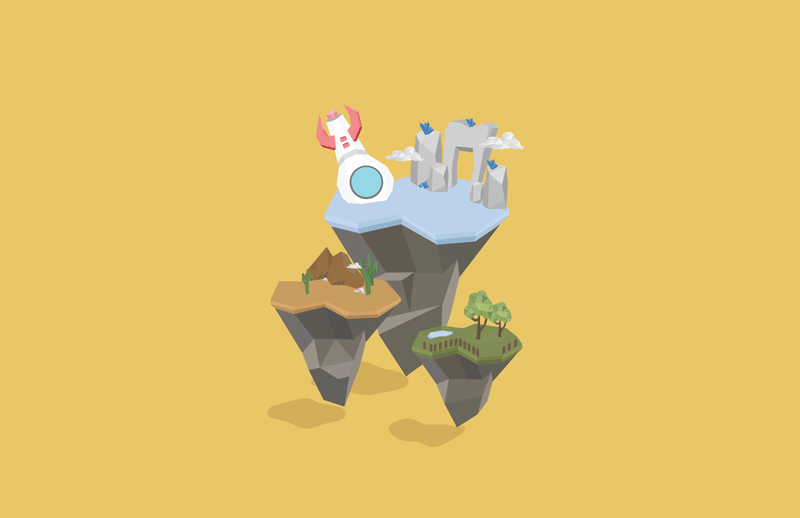
Virtual Reality Game Design
Finding Loco
The overall idea of this project is a puzzle solving virtual reality game that allows users to control the actions and movement of a robot astronaut. The user will experience the VR application through the completion of various tasks by employing different movements. The majority of the experience focuses on mobility such as walking, which is accomplished through the use of analog sticks, fine motor control functions through hand gestures, and exploration through gazing.
- Responsibilities
- Illustration
- Modelling + Texturing
- Level Design
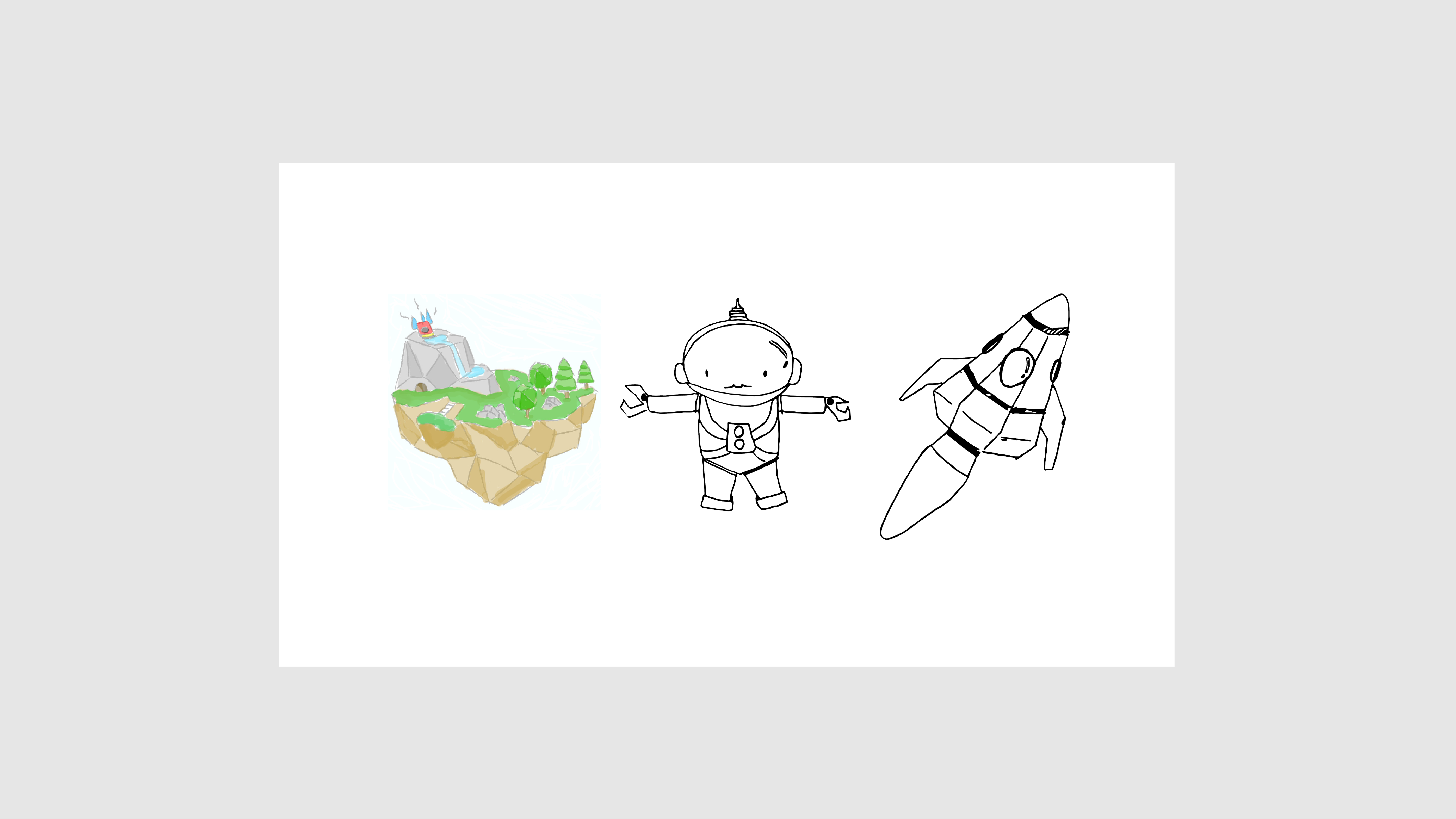
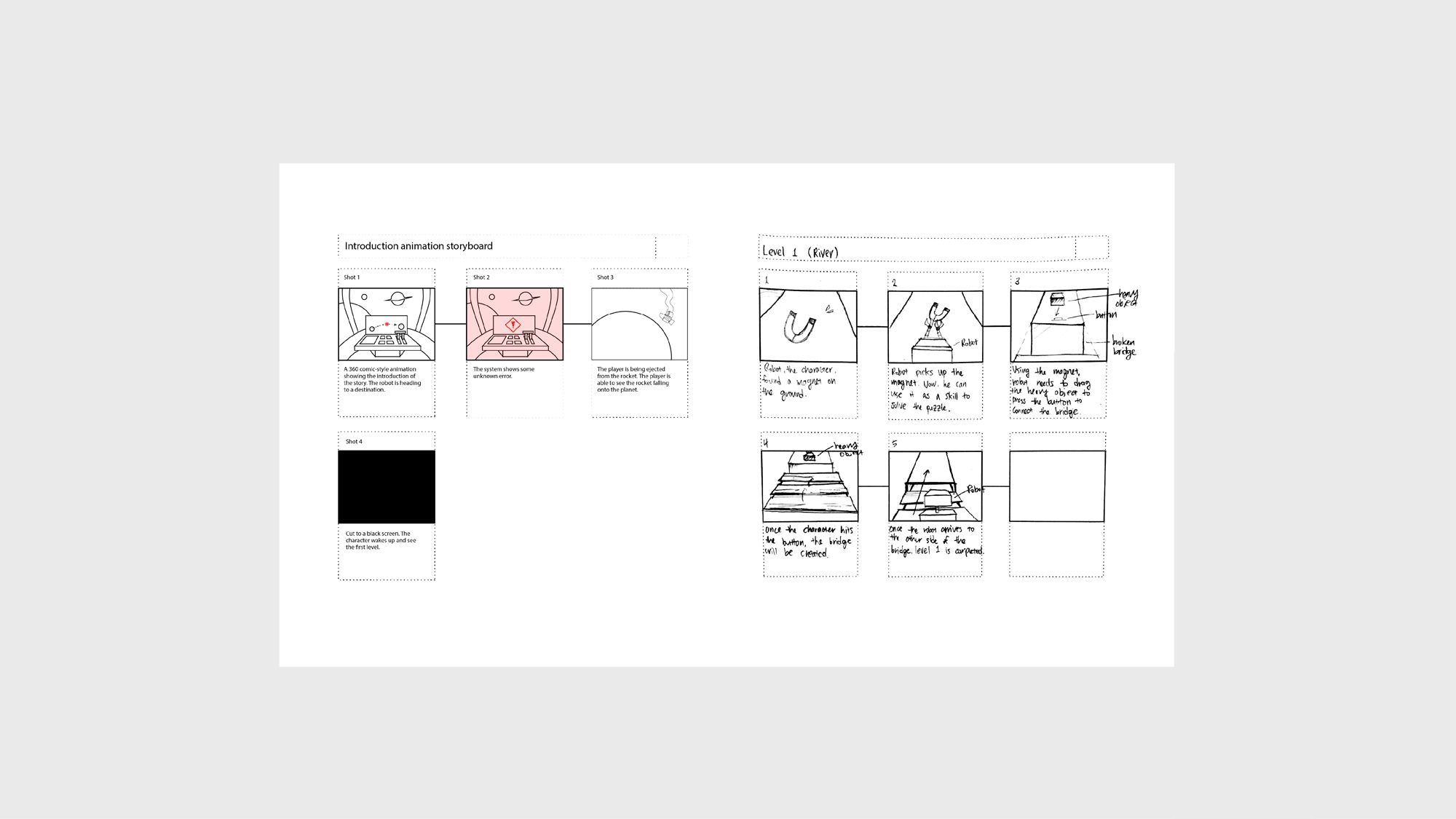
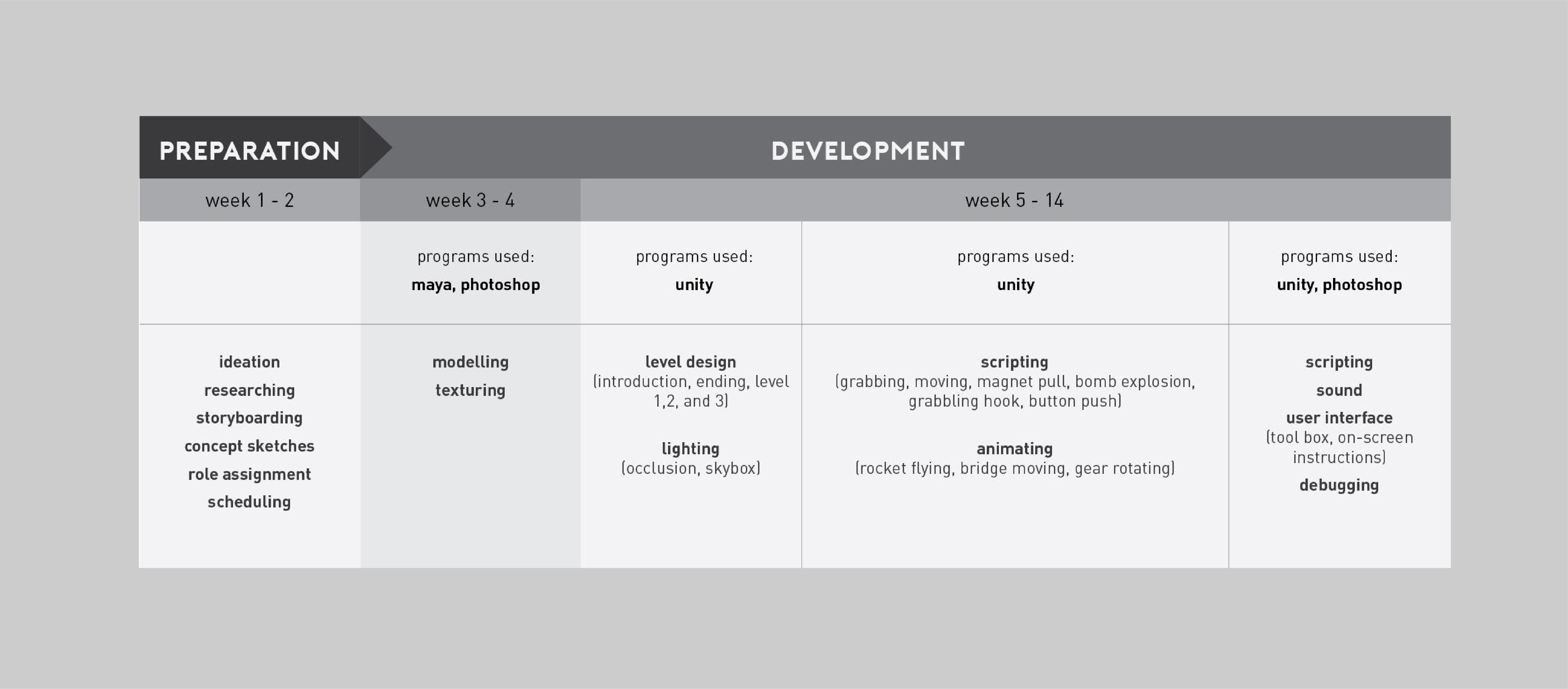
Implementation Process
Our process began with a two week preparation stage where we looked into different ideas that we all had in mind. As a collective unit, we produced the core idea of what our game was about and how it should function. We researched other similar virtual reality games, and gathered a plethora of information regarding mechanics, environments, and characters. As a result, we came up with three preliminary levels and certain interactions that users were able to accomplish. Concept sketches and storyboards were also drawn out to give us a visual representation of what the game was going to look like. Ultimately, as a group we agreed on a low-poly style with a cartoonish theme. During these two weeks, we also prepared ourselves through an outlined schedule and an assignment of roles.
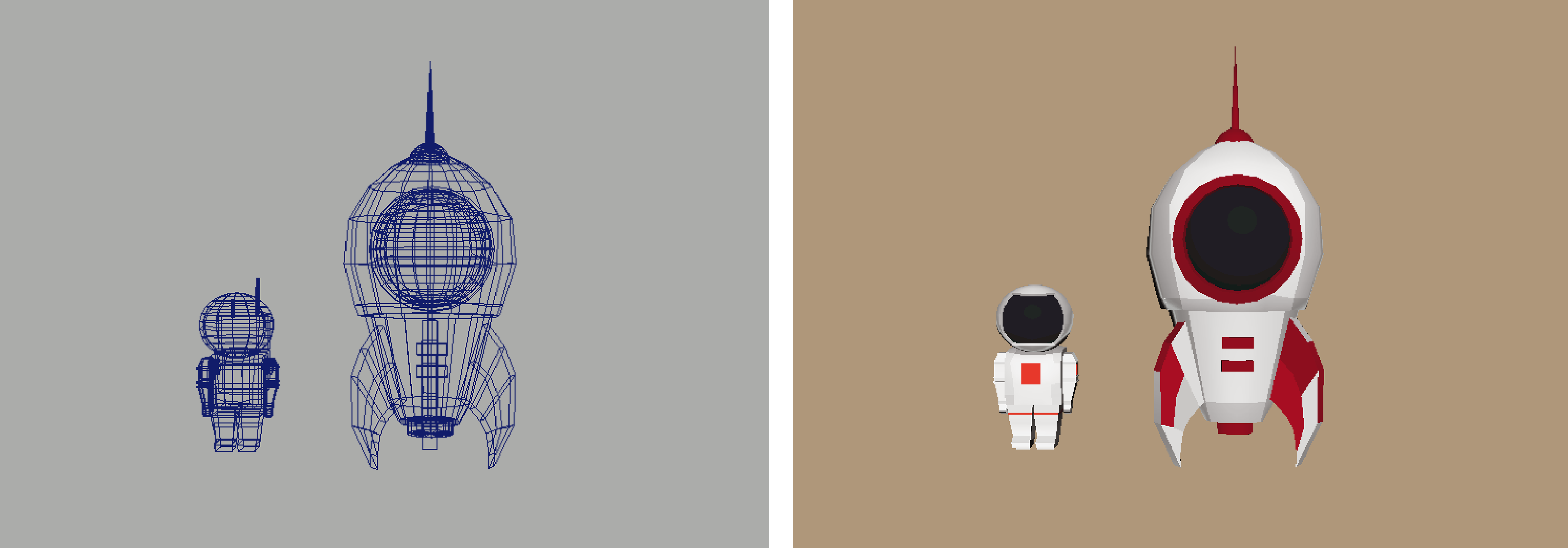

Modelling + Texturing
After the preparation stage, we began the development phase. As a group, we started on modeling different items that were essential to our game. We utilized the program Maya to both model and texture our items. In addition to the models that we created, we also spent time exploring different prefab assets that were made available to us on the Unity asset store. Creating and acquiring these models took about two weeks to accomplish.

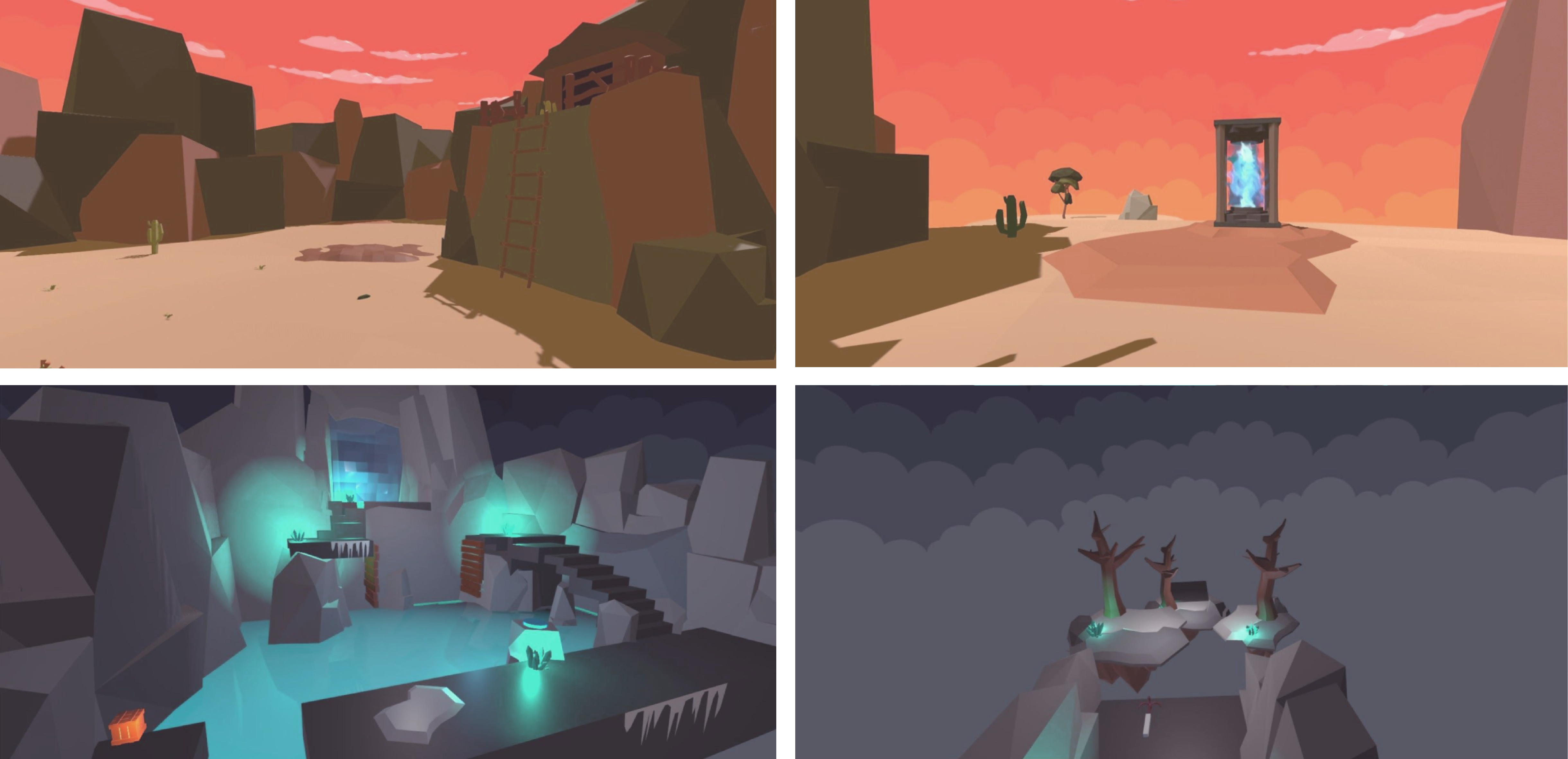
Level Design
With the compiled models, we were then able to start forming the level designs in Unity. Simultaneously, we were also implementing different lighting sequences that were used to set the mood of the level as well as a method in providing visual cues for the user. After designing the levels, we implemented the mechanics that were needed in order to complete the tasks. Each level was composed of different interactions that the user had to complete. The process of achieving these interactions required a considerable amount of time to script. Eventually, we spent the final stages of our implementation process adding in sounds and user interfaces, as well as continuing to refine any problems that we encountered.
Overall, we were pleased with our final product. We received great feedback from many peers during the final event, who gave us good suggestions on how we can further improve the game. Some of these suggestions were on the player experience.The participants suggested that we should implement more animated or moveable objects in the games, which creates a more vivid environment for the user. We hope to further refine our current interactions while also adding more content to the game in the future.